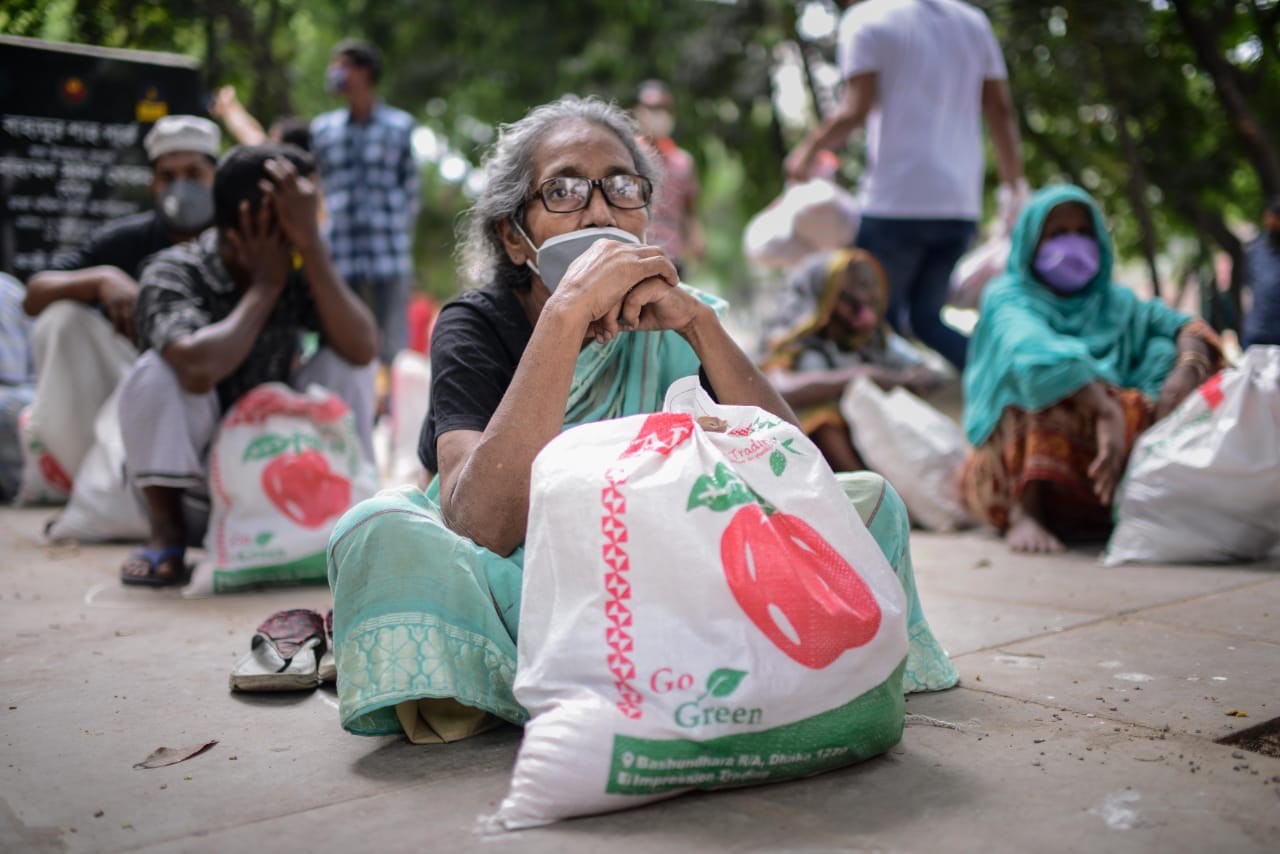
42pc people under poverty line
Staff Correspondent
Published:01 Sep 2021, 08:21 AM

42pc people under poverty line
A recent study by the South Asian Network on Economic Modelling (SANEM) assumed that an estimated 42% of people are staying under the poverty line, which was 21.6% before the pandemic in 2018.
Almost 24.5 million people have become newly poor by this time, and it may rise further if the pandemic continues with its recent surge, it added.
Another study revealed that the number of new poor in March 2021 stood at 14.8%, which was 21.2% nine months back.
Power and Participation Research Centre (PPRC) and Brac Institute of Governance and Development (BIGD) jointly conducted the study.
A webinar titled “Resilience Building and Adaptability of Graduation Approach: Experience of and Evidence from Brac Ultra-Poor Graduation Program in responding to Covid-19 Shocks in Bangladesh” was held on Tuesday.
The Social Protection for Employment Community (SPEC) and Ultra-Poor Graduation program (UPG) of Brac jointly organized the webinar.
Lisa Hannigan, director of the Department of Foreign Affairs and Trade (DFAT) in Australia, moderated the program.
Amid the pandemic situation, Brac is using its ultra-poor graduation program to provide livelihood loans to the 80,000 new poor to alleviate the economic shock under the new poor program.
Rozina Haque, program head of the UPG program, said: “The loan amount was 20,000-40,000 each. We're managing our new poor program following the principals' approach to the UPG program which started in 2001 at 48 districts.”
Brac is running this new poor program in four steps – providing loans, developing business plans in consultation with the participants, providing technical knowledge to run the enterprise and ensuring income diversification by investing the loans in multiple income generating activities (IGAs).
Mukhlesur Rahman, national project director of SWAPNO, a social transfer project for ultra-poor women, mentioned the project of Strengthening Women's Ability for Productive New Opportunities (SWAPNO) to engage women in public works essential for the economic and social life for rural communities.
It promotes employment and future employability of extremely poor rural women, he added.
Almost 24.5 million people have become new poor